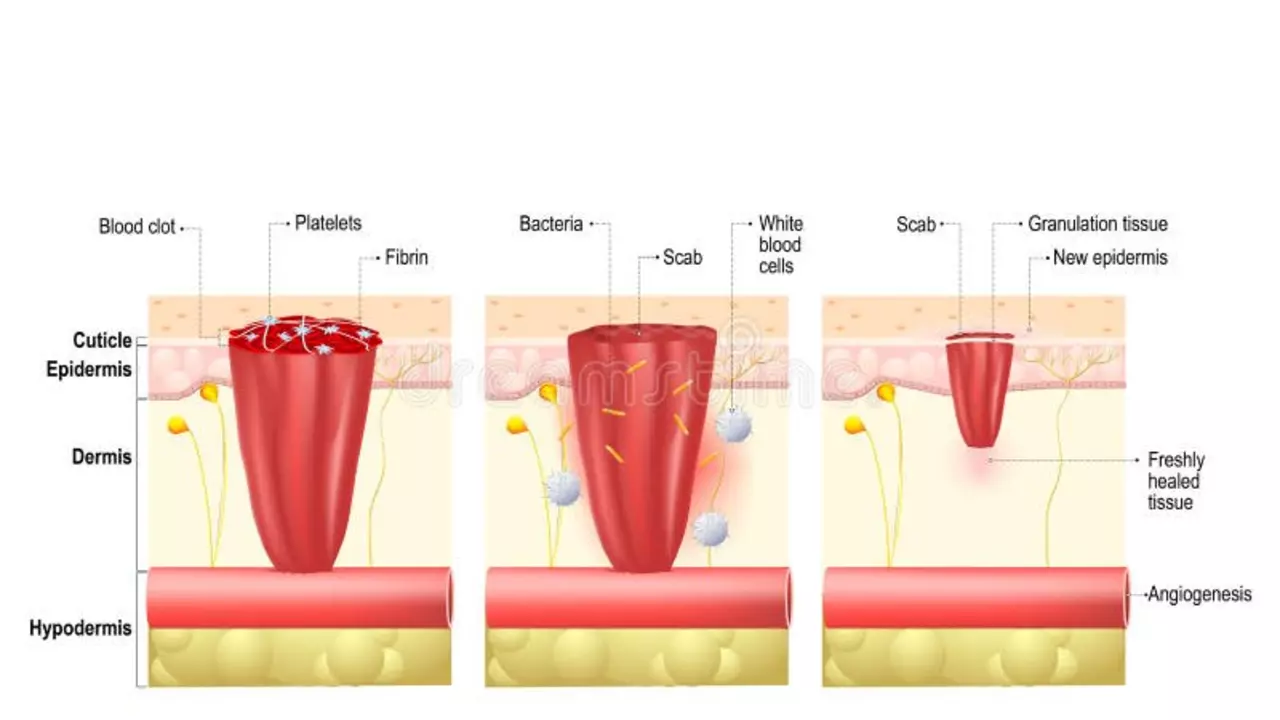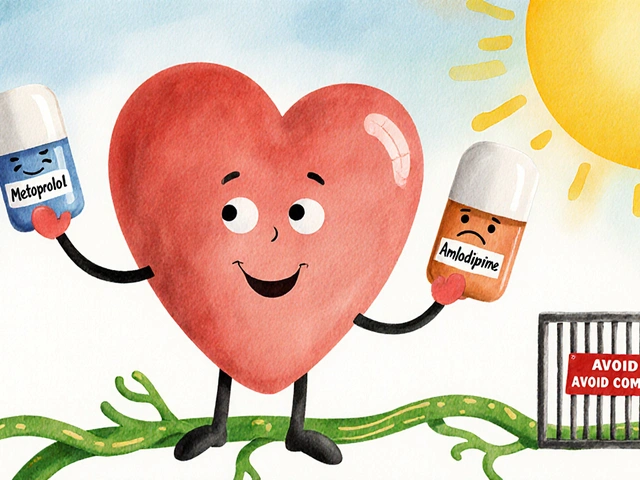Blood clots: causes, signs, and what to do
A blood clot can start harmless but turn dangerous fast. Some clots stay in a leg and cause pain; others travel to the lungs and block blood flow. Knowing the signs and simple steps to lower your risk can prevent serious problems.
Clots most often form in deep veins of the leg—deep vein thrombosis (DVT). If a clot breaks free and reaches the lungs, it becomes a pulmonary embolism (PE), which can be life‑threatening. Common triggers include recent surgery, long flights, pregnancy, active cancer, certain birth control pills, and inherited clotting conditions. Age, obesity, smoking, and inactivity also raise the odds.
Warning signs to act on now
Watch for: sudden shortness of breath, chest pain that gets worse with a breath, fainting, fast heartbeat, or coughing up blood. For leg clots: one leg that is swollen, warm, red, or painful when you stand or walk. If you see any of these, get emergency care—call your local emergency number.
If symptoms are milder—leg ache, mild swelling, or a feeling of heaviness—call your primary care provider or go to urgent care. Your doctor will likely order an ultrasound for legs or a CT scan for suspected lung clots. Early diagnosis matters; treatment is much easier and safer when started quickly.
How clots are treated and prevented
Most clots are treated with blood thinners (anticoagulants). Common options include warfarin and newer direct oral anticoagulants (DOACs) like apixaban and rivaroxaban. DOACs often need less monitoring than warfarin, but each drug has pros and cons. Doctors pick a medicine based on the clot location, kidney function, other drugs you take, and bleeding risk.
Simple prevention tips you can use today: move around during long trips—stand and walk every hour; keep hydrated; avoid smoking; maintain a healthy weight; and wear compression stockings after certain surgeries or if your doctor recommends them. If you’re having major surgery or are immobilized, doctors may use short-term injections that lower clot risk.
Also check your medicines and supplements. NSAIDs and some herbal supplements can increase bleeding risk when mixed with anticoagulants. Tell your doctor about every drug and supplement you take. If you use hormonal birth control or hormone replacement, discuss clot risk—there are safer options if you’re at higher risk.
Living with a history of clots means regular follow-up. Your doctor will decide how long you need blood thinners and when to stop or switch. Keep emergency contacts handy and learn the warning signs so you can act fast. If you have questions specific to a medication or condition, talk to your healthcare team—they can guide choices based on your health and test results.




